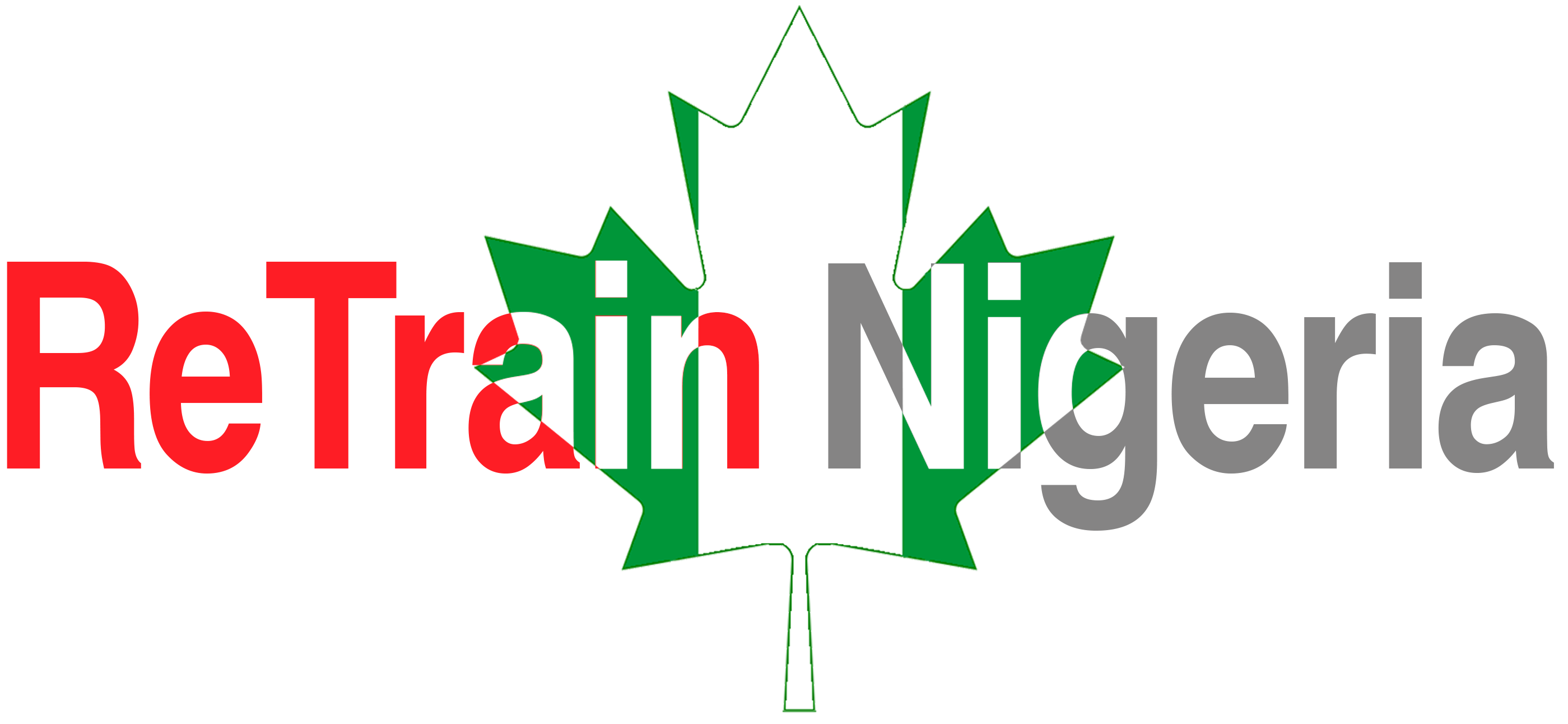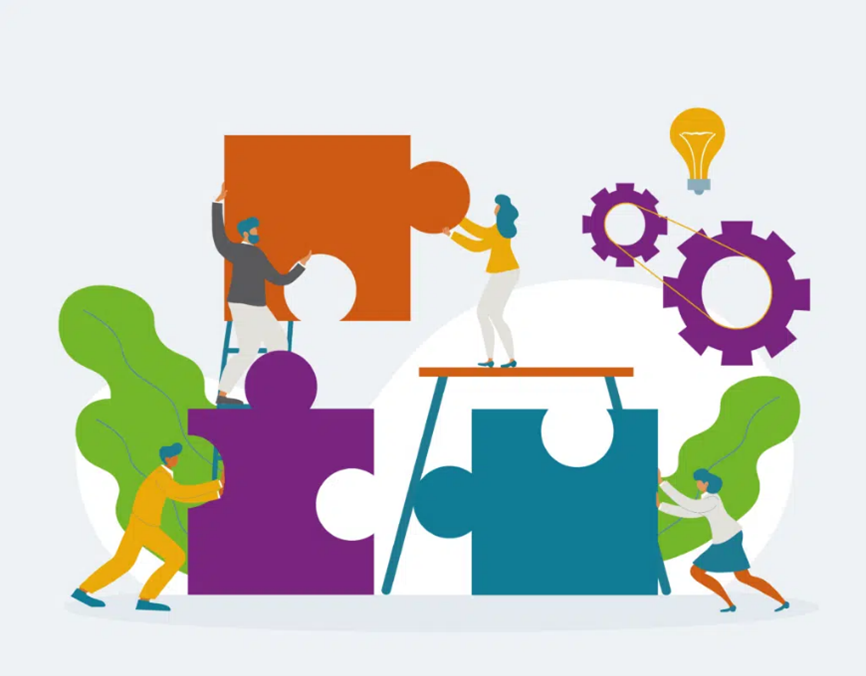Innovative Ways to Boost Employee Engagement
Boosting employee engagement is key to fostering a positive workplace culture, increasing productivity and retaining top talent. For many organisations, keeping staff engaged is an ongoing challenge. If your staff are disconnected and uninvolved with their work, it will affect how they relate with customers as well as their general productivity. Here are some innovative strategies to enhance employee engagement.
- Inspiring & Innovative Office Spaces
Design office spaces that inspire creativity and collaboration through elements such as colour, lighting, space and quiet zones. The look and feel of a workplace can influence how an employee feels when they come to work. For example, adding a bit of colour and lighting throughout the workplace can change the entire mood of an office and promote cohesiveness. Employee engagement is crucial for productivity, job satisfaction, and overall company success.
Key Features of an Innovative Office Spaces:
- Open and Collaborative Layouts: Encourage communication and teamwork by removing physical barriers and creating open spaces where employees can easily interact.
- Variety of Workstations: Offer a range of workstations, including standing desks, quiet zones and collaborative areas, allowing employees to choose the environment that best suits their tasks.
- Purpose-Driven Work
Purpose-driven work gives employees a sense of meaning and motivation, sometimes beyond financial incentives. Opportunities for growth in the workplace should be a high priority for employees. As an employer, you should invest in your employees’ futures, advance their skills and mentor them to become the best they can be.
Ways to Implement Purpose-Driven Work:
- Clear Mission Statement: Develop a clear, compelling mission statement that reflects the company’s core values and goals and regularly communicate it through various channels, including meetings, internal communications and company materials.
- Celebrate Milestones: Recognise employee efforts and accomplishments instead of simply moving on to the next task.
- Link Roles to Mission: Ensure job descriptions and roles are clearly linked to the company’s mission and assign tasks that contribute to broader organisational goals.
- Training Programmes: Offer training programmes that help employees develop skills aligned with the company’s mission and create clear career paths that show how their growth contributes to the company’s purpose.
- Employee Involvement in Decision-Making
Involving employees in decision-making can benefit both your business and your employees. When employees are involved, they feel a greater sense of ownership over outcomes, increasing their commitment and responsibility towards their work. Employees, working closely with customers understand their needs and demands.
Strategies for Involving Employees:
- Open Communication: Hold regular team meetings to discuss company goals, challenges and potential solutions, encouraging employees to share their ideas. Foster an open-door policy where employees feel comfortable approaching management with suggestions and feedback.
- Decision-Making Committees: Form cross-functional teams or committees to tackle specific projects or issues, ensuring diverse representation and input. Establish advisory groups to provide ongoing feedback and recommendations on company policies and initiatives.
- Acknowledge Contributions: Publicly acknowledge and celebrate employee contributions to decision-making processes and provide incentives, such as bonuses or recognition awards, for valuable participation
- Continuous Feedback
Many organisations make feedback a low priority, often restricting it to annual performance reviews. This approach can create antagonism rather than inspire change. Replace annual reviews with regular check-ins and continuous feedback. A feedback culture, where everyone feels comfortable giving and receiving feedback regularly, fosters collaboration. Continuous feedback promotes psychological safety by emphasising trust at work and providing real-time insights.
Encouraging Continuous Feedback:
- Regular Check-Ins: Schedule regular one-on-one meetings between managers and employees to discuss goals, performance and development.
- Feedback Tools: Use platforms like Typeform, Hotjar, SurveyMonkey and Google Forms to facilitate continuous feedback, goal tracking and performance reviews. Conduct regular surveys and polls to gather feedback from employees about their experiences and suggestions for improvement.
- Balanced Feedback: Provide constructive and balanced feedback, mixing positive reinforcement with constructive criticism.
- Flexible Work Arrangements
Flexible work arrangements include practices such as remote work, flexi time, compressed workweeks, job sharing and telecommuting. These practices allow employees to control their work schedules and locations. The demand for flexible work arrangements has surged, especially after the COVID-19 pandemic, as employees seek better work-life balance and companies recognise the benefits of flexibility. By offering flexible work hours, employers can help employees manage personal responsibilities and reduce stress, leading to better overall well-being.
Implementing Flexible Work Arrangements:
- Assess Needs and Preferences: Conduct surveys and focus groups to understand employee preferences and needs regarding flexible work arrangements. Identify which roles and tasks can be effectively performed under flexible arrangements without compromising productivity or service quality.
- Develop Clear Policies: Create detailed policies outlining the terms of flexible work arrangements, including eligibility criteria, expectations and procedures. Establish clear communication protocols to ensure smooth collaboration and information flow among remote and on-site employees.
- Promote Work-Life Balance: Allow flexible schedules that enable employees to manage personal commitments and work when they are most productive. Encourage regular breaks and maintain boundaries between work and personal life to prevent burnout.
Conclusion
Adopting these innovative strategies can significantly boost employee engagement, leading to a more motivated, productive and loyal workforce. Companies are encouraged to implement these practices to achieve overall organisational success.

